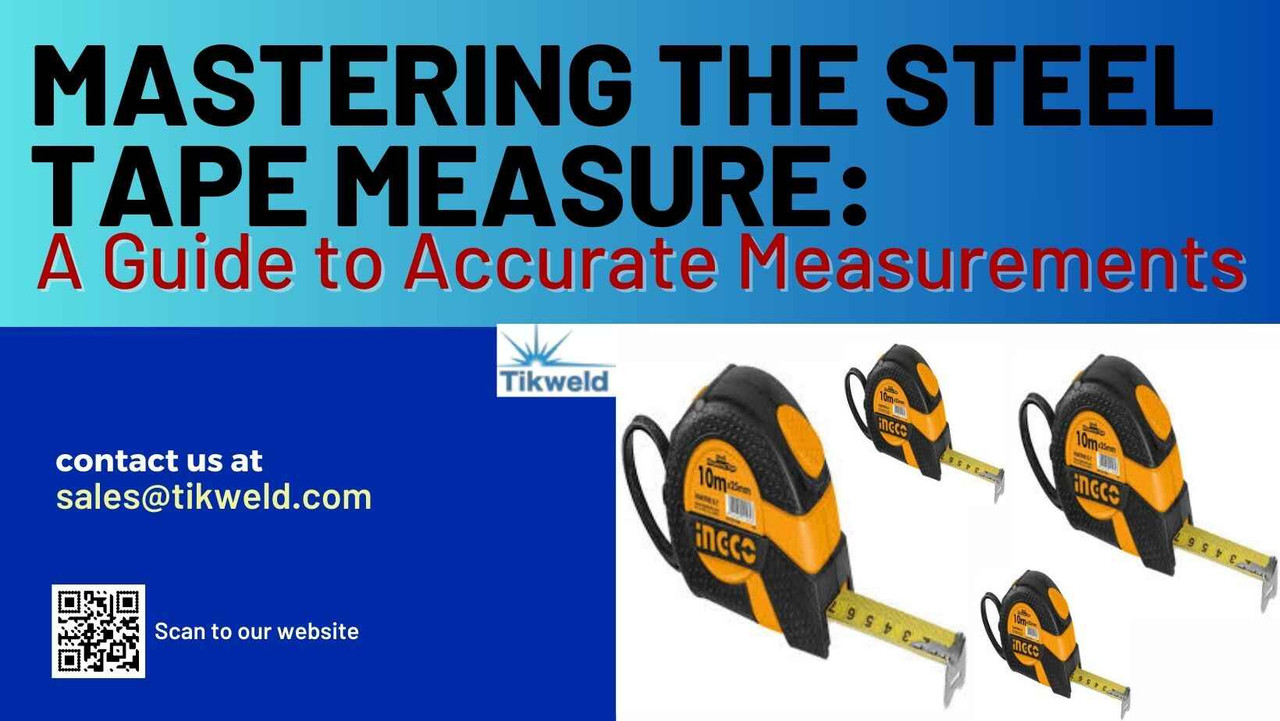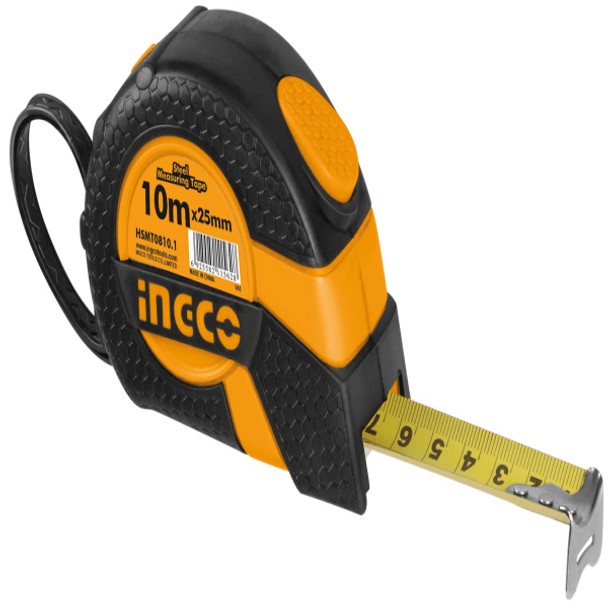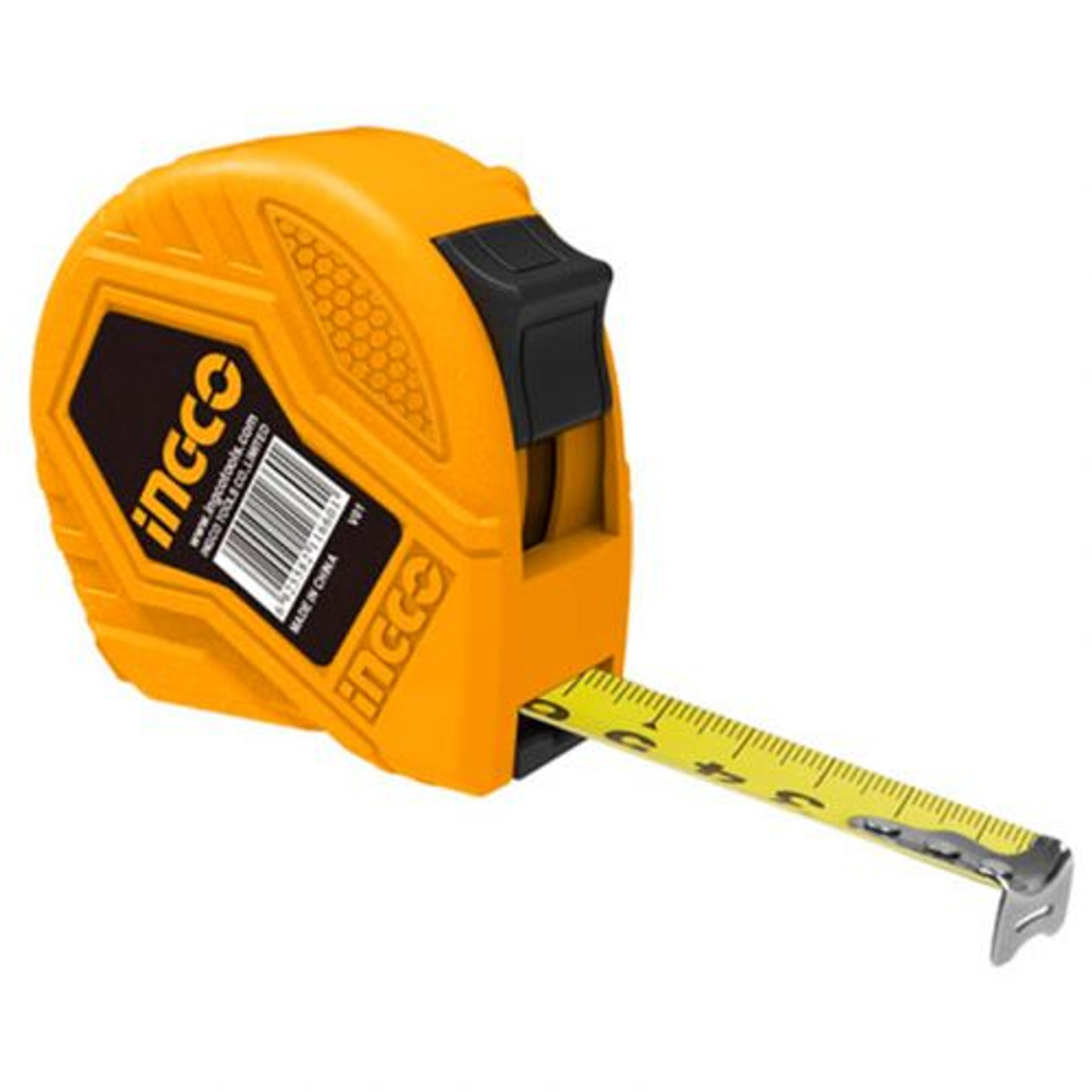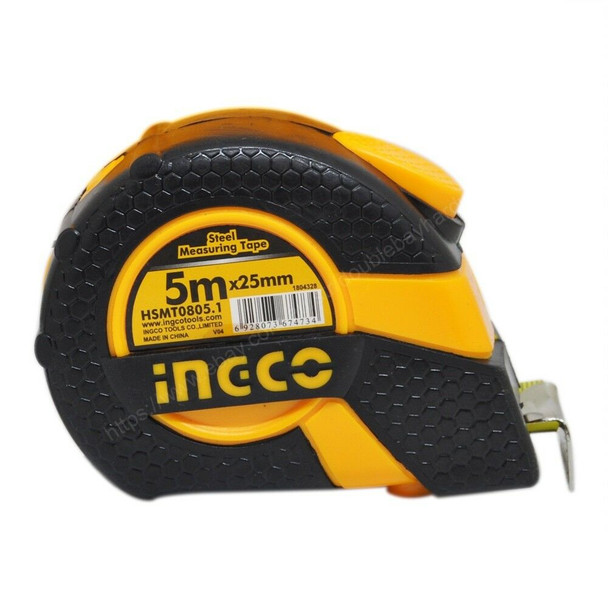Mastering the Steel Tape Measure: A Guide to Accurate Measurements
Key Takeaway
- Understand the Basics: Familiarize yourself with the parts of a steel tape measure, including the hook, blade, and locking mechanism, for effective use.
- Proper Handling Techniques: Use steady hands and align the tape correctly to ensure accurate readings, avoiding twists or slack.
- Read Measurements Accurately: Learn to interpret the markings on the tape, including fractional increments and metric units, for precise measurements.
- Use the Hook Effectively: Utilize the sliding hook for inside and outside measurements, accounting for its built-in play for exact results.
Introduction
Accurate measurements form the backbone of precision in numerous fields, from construction and carpentry to DIY projects and crafting. Whether building a house, hanging shelves, or cutting materials, a single millimeter's difference can make or break the project. Steel tape measures have evolved as indispensable tools, offering unmatched durability, convenience, and reliability for accurate measurements.
This guide is designed to help readers master the steel tape measure. It focuses on accuracy, skill-building, and practical applications, ensuring you overcome common measuring challenges while maximizing efficiency.
INGCO INDUSTRIAL STEEL MEASURING TAPE
Understanding the Steel Tape Measure
Parts and Components
1. Blade:
The retractable, flexible metal strip that extends and retracts for measurements. Markings for both standard (inches, feet) and metric (centimeters, millimeters) units are etched along the length.
2. Hook:
The metal clip at the end of the blade, designed to grasp the edge of an object for stable measuring. Many have a slightly loose hook to account for accurate internal and external measurements.
3. Case:
The housing for the blade, often made of durable materials like plastic, rubber, or metal. The case protects the blade and offers grip for easy use.
4. Locking Mechanism:
Allows the blade to stay extended without retraction. This helps ensure steady measurements without requiring extra hands.
Different Types and Uses
1. Standard vs. Metric Measurements:
Depending on your region, tape measures may primarily show imperial units (inches, feet) or metric units (centimeters, millimeters), while some combine both for versatility.
2. Special-Purpose Tape Measures:
Long Tape Measures:
Designed for large-scale projects like surveying or landscaping, typically 50-100 feet (or more).
Auto-Lock Tape Measures:
Automatically hold the blade in place when extended for easier handling.
How to Read a Tape Measure Correctly
To measure accurately, it’s essential to understand the markings:
1. Inch Markings:
Most steel tape measures divide inches into 16ths, with longer lines marking half-inches, quarters, eighths, and sixteenths.
2. Metric Units:
Markings include millimeters (smallest lines) and centimeters.
3. Special Markings:
Many tape measures also have markings at common intervals, such as 16 inches (typical for wall studs). These features aid in tasks like construction framing.
Steel Measuring Tape - INGCO HSMT8550
Choosing the Right Steel Tape Measure for Your Needs
1. Length and Width Considerations
Standard Lengths: For most home projects, a 16-25-foot steel tape measure is sufficient. Longer versions (up to 100 feet) cater to outdoor projects or large-scale builds.
Width of the Blade: A wider blade (typically 1 inch or more) tends to be sturdier and resist bending, enabling more extended measurements without collapsing.
2. Durability and Quality
Quality is vital when selecting a tape measure. Consider factors like the durability of the blade coating (e.g., nylon or mylar coating for added strength) and whether the casing is impact-resistant. High-end tape measures are often designed to withstand drops, rugged use, and environmental exposure.
3. Special Features to Consider
Magnetic Hooks: Useful for sticking to metal surfaces, which leaves your hands free to measure.
Auto-Locking Mechanism: Keeps the blade extended until you release it, adding convenience during complex measurements.
Ergonomic Design: A comfortable grip reduces strain and increases precision.
Mastering Basic and Advanced Measuring Techniques
Basic Measuring Tips
1. Holding the Tape Measure Steady: Ensure the blade is extended firmly against the object being measured.
2. Straight vs. Curved Surfaces: For straight measurements, keep the tape taut. For curved surfaces, use flexible techniques such as measuring multiple points along the curve to ensure accuracy.
3. Using the Hook Effectively: Ensure the hook is firmly anchored on the surface’s edge or end. The slight play in the hook (if present) allows for accurate inside and outside measurements.
Measuring for Specific Applications
1. Inside Measurements vs. Outside Measurements: For inside measurements (e.g., window frames), the hook retracts to ensure accurate measurements when pressed. For outside measurements (e.g., wall length), the hook extends to include its own length in the measurement.
2. Measuring Round Objects or Irregular Shapes: Wrap the tape around the object or measure its diameter. Make multiple measurements if necessary and average the results for precision.
Maintaining and Caring for Your Steel Tape Measure
1. Cleaning and Lubricating the Blade
Wipe the Blade After Use: Residual dirt, dust, and moisture can degrade markings over time and reduce blade life. Use a soft, dry cloth or mild cleaning solution for thorough cleaning.
Lubricate the Mechanism: Occasionally spray a lubricant (like a silicone-based spray) into the housing mechanism to keep the blade smoothly retracting and extending. This helps avoid rusting and sticky movements.
2. Storing Your Tape Measure Properly
Avoid Exposure to Moisture: Store in a dry location to prevent rust. Steel tape measures are durable but can corrode if constantly exposed to water.
Safe Retracting: Allow the blade to retract smoothly to avoid damaging the hook or jamming the mechanism. Fast retraction can cause wear and tear over time.
3. Inspecting for Damage and Repair Tips
Check the Blade Regularly: Look for kinks, bends, or worn-out markings.
Fixing a Loose Hook: If the hook becomes loose, a small adjustment or gentle hammering (if applicable) may help restore accuracy.
Handling Frayed Edges: If the edges fray or the blade splits, use caution when measuring as it can pose safety risks. Replace the tape measure if damage is too extensive.
Steel measuring tape Ingco - HSMTO805
Troubleshooting Accuracy Issues
1. When the Hook Gets Loose or Damaged
Identifying Hook Problems: Over time, the hook may loosen due to repeated impacts. This can lead to inaccurate inside or outside measurements. To test accuracy, measure against a known standard length and compare.
Fixing the Hook: Tighten screws on the hook or gently adjust it to align correctly. If the damage is significant, consider replacing the tape measure.
2. Calibrating Your Tape Measure for Precision
Calibrating the Hook: Place the hook flush against a flat surface and measure the extension to ensure it’s consistent with the expected length. Adjust as necessary for accurate readings.
Measuring with Accuracy: Double-check measurements against a reference standard to ensure reliability over time. Even high-quality tools can suffer minor shifts with wear.
Practical Tips and Tricks for Improved Accuracy
1. Using a Helper or a Second Set of Hands
Partner Assistance: For large or awkward measurements, a second person can hold the other end of the tape measure steady, reducing errors caused by blade bending or slippage.
2. Marking Techniques and Tools
Use a Pencil or Chalk: When making marks, use a pencil or chalk to note measurements directly on surfaces. Ensure markings are clear and precisely where needed.
Mark Multiple Points: For lengthy or intricate measurements, mark multiple reference points and use a straightedge to connect them.
Combining Tools for Better Results
Use Squares and Levels: Combining a tape measure with a carpenter’s square or level ensures precise angles and straight lines.
Laser Distance Tools: When a high degree of accuracy is necessary over longer distances, using a steel tape measure for the base and verifying with a laser measure can enhance precision.
Frequently Asked Questions
1. What causes inaccurate measurements with a steel tape measure?
Common reasons include a loose hook, worn-out blade markings, or bending/kinking in the blade. These factors can cause misalignment and inaccuracies.
2. How do I maintain a steel tape measure in humid environments?
To prevent rust, keep it dry and store it in moisture-free areas. Wipe the blade with a cloth after use and consider using rust-preventive lubricants.
3. Why does the hook on my tape measure move slightly?
The slight play in the hook is intentional to ensure accurate inside and outside measurements. When measuring inside, the hook compresses; when measuring outside, it extends by its own thickness.
4. Can I fix a damaged blade?
Small kinks or bends may be fixed by gently bending the blade back into place. However, severely frayed or damaged blades should be replaced for safety and accuracy.
5. What is the purpose of red markings on my tape measure?
Red markings often indicate intervals of common framing measurements (e.g., every 16 inches for stud spacing). This makes tasks like wall framing faster and more efficient.
Related Article
How to use Steel Measuring Tape
The Essential Guide to Steel Measuring Tapes: Accuracy, Durability, and Best Uses
Readers also Watched...
Conclusion
Measurement mastery comes with practice and patience. Even experienced professionals learn new tips and tricks over time. By refining your skills and consistently using quality tools, you will achieve impressive levels of accuracy in any project.
Apply what you've learned in real-world projects, whether it’s building a deck, installing cabinetry, or simply hanging picture frames. Consistent use of accurate measuring techniques will streamline your workflow and boost confidence.
Looking to upgrade your measuring tools or find the perfect steel tape measure for your next project? VisitTikweld Welding Supplies for high-quality, durable measuring tools and all your project essentials. Ensure your work is precise, reliable, and built to last!












